Introduction
Anhui Province, nestled in eastern China, is renowned for its rich culinary heritage, blending rustic simplicity with meticulous craftsmanship. Among its most cherished delicacies is Anhui Xianji (Anhui Salted Chicken), a dish that exemplifies the region’s mastery of food preservation. This article delves into the time-honored technique of curing and air-drying chicken, a process that transforms fresh poultry into a savory, shelf-stable ingredient with a concentrated umami flavor. By exploring the history, science, and step-by-step methodology behind this tradition, readers will gain a deeper appreciation for Anhui’s culinary ingenuity and learn to recreate this dish in their own kitchens.
The Cultural Significance of Anhui Salted Chicken
Anhui’s cuisine, often overshadowed by its more famous neighbors like Sichuan and Guangdong, is deeply rooted in the province’s agrarian lifestyle. Historically, communities relied on preservation techniques to sustain themselves through harsh winters and lean harvests. Salted chicken emerged as a practical solution, combining the region’s abundant poultry with salt—a prized commodity for its antimicrobial properties. Today, this dish remains a staple during festive occasions, symbolizing abundance and familial connection. Its preparation, passed down through generations, is as much a cultural ritual as a culinary process.
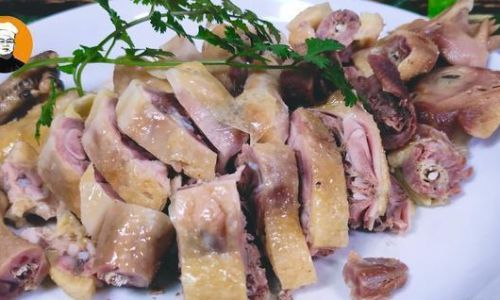
The Science Behind Curing and Drying
Curing involves osmosis and diffusion—scientific principles that inhibit microbial growth while enhancing flavor. Salt, the primary curing agent, dehydrates meat cells, creating an inhospitable environment for bacteria. Simultaneously, it penetrates the tissue, seasoning the meat from within. Air-drying further concentrates flavors by evaporating moisture, while enzymatic reactions during aging develop complex tastes and textures. Anhui’s climate, with its moderate humidity and temperature fluctuations, provides an ideal environment for this transformation, yielding chicken that is tender yet chewy, with a balance of saltiness and earthy undertones.
Ingredients and Equipment
To embark on this culinary journey, gather the following:
- 1 whole chicken (3–4 pounds): Opt for a fresh, free-range bird for superior texture.
- Kosher salt (1 cup): Avoid iodized salt, which can impart bitterness.
- Spices: Sichuan peppercorns (1 tablespoon), star anise (3 pods), bay leaves (2), and cinnamon sticks (1 inch).
- Optional additions: Brown sugar (2 tablespoons) for caramelization, or Shaoxing wine (1/4 cup) for depth.
- Tools: A large bowl, cheesecloth, butcher’s twine, and a drying rack or wooden frame.
Preparation: Cleaning and Initial Seasoning
-
Butchering the Chicken:
- Remove giblets and excess fat. Rinse the cavity thoroughly under cold water.
- Pat dry with paper towels, ensuring no moisture remains—this is critical for effective curing.
-
Spice Roasting:
In a dry skillet, toast Sichuan peppercorns, star anise, bay leaves, and cinnamon over medium heat until fragrant (2–3 minutes). Grind coarsely using a mortar or spice grinder.
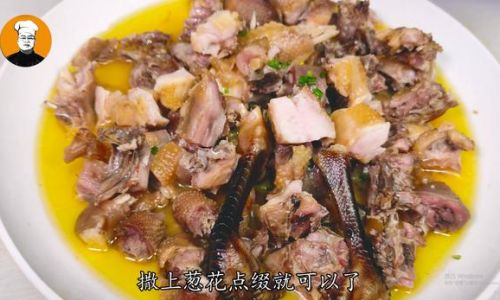
-
Salt Rub:
Combine salt with roasted spices. For a modern twist, mix in brown sugar or Shaoxing wine to balance saltiness.
Curing: The Osmotic Process
-
Application:
- Rub the salt mixture generously over the chicken, inside and out. Pay special attention to crevices like thigh joints and wings.
- Place the chicken in a non-reactive container (glass or ceramic), breast-side down. Cover with plastic wrap.
-
Refrigeration:
Cure for 24–48 hours, flipping every 12 hours to ensure even salt distribution. Longer curing intensifies flavor but risks excessive saltiness—adjust based on taste preference.
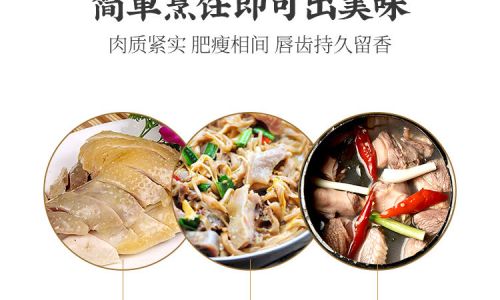
-
Rinsing:
After curing, rinse the chicken under cold water to remove surface salt. Pat dry; residual moisture can lead to spoilage during drying.
Air-Drying: The Transformation Phase
-
Hanging Setup:
- Truss the chicken using butcher’s twine, securing the wings and legs close to the body. Hang it from a wooden frame or drying rack in a cool, well-ventilated area.
- Ideal conditions: 50–60°F (10–15°C) with 60–70% humidity. Avoid direct sunlight, which can cause rancidity.
-
Monitoring:
- Check daily for mold or off-odors. If mold appears, wipe gently with a vinegar-dampened cloth.
- The drying timeline varies: 7–10 days in humid climates, up to 14 days in arid regions. The chicken is ready when the skin feels leathery and the flesh yields slightly to pressure.
Storage and Shelf Life
Properly dried Anhui salted chicken can last 6–12 months when stored correctly:
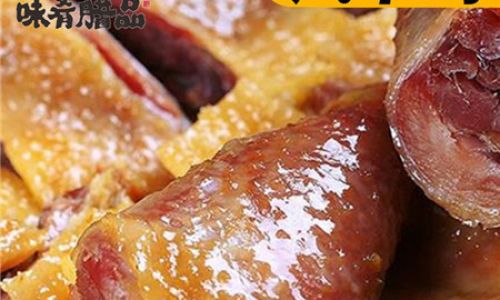
- Cool, Dark Storage: Wrap in cheesecloth and hang in a pantry.
- Freezing: Vacuum-seal portions for extended preservation (up to 2 years).
Cooking Applications
-
Steaming:
Steam whole pieces for 30–40 minutes until tender. Serve with rice and ginger-scallion sauce.
-
Stir-Frying:
Slice thinly and sauté with vegetables like bok choy or mushrooms. The salted chicken imparts a smoky depth to quick-cooked dishes.
-
Soups and Stews:
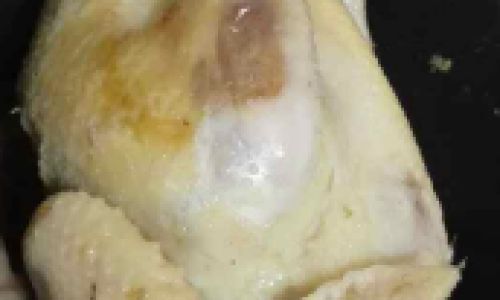
Simmer chunks in broth with daikon radish or tofu for a nourishing one-pot meal.
Troubleshooting Common Issues
- Excessive Saltiness: Soak the chicken in cold water for 1–2 hours before cooking.
- Tough Texture: Over-drying causes leatheriness. Next time, reduce drying time by 2–3 days.
- Mold Growth: Ensure adequate airflow and lower humidity. Use fans if necessary.
Modern Adaptations and Pairings
Contemporary chefs often experiment with Anhui salted chicken, incorporating it into innovative dishes:
- Salads: Shred the meat and toss with arugula, pickled onions, and sesame dressing.
- Tacos: Pair with cilantro, lime, and fermented chili paste for a fusion twist.
- Pastas: Combine with butter, sage, and Parmesan for an umami-rich sauce.
Conclusion
Anhui salted chicken is more than a dish—it is a testament to human resourcefulness and the enduring bond between culture and cuisine. By mastering the art of curing and air-drying, home cooks can preserve not just meat, but a fragment of Anhui’s heritage. Whether enjoyed during a family feast or repurposed in a modern recipe, this salted treasure invites us to savor the past while embracing culinary evolution. As you embark on your own curing journey, remember that patience and precision are the true seasonings of success.
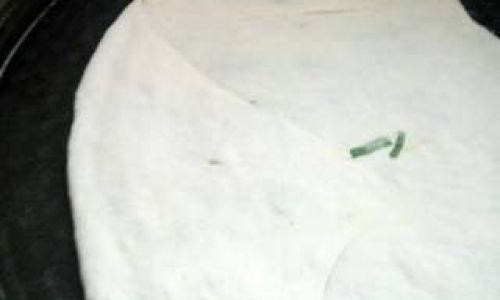
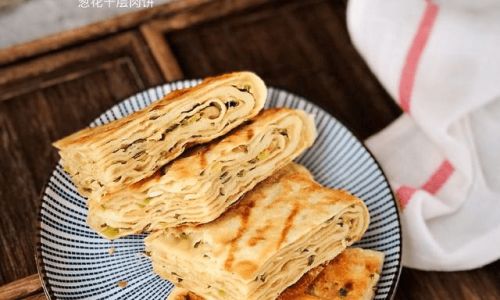
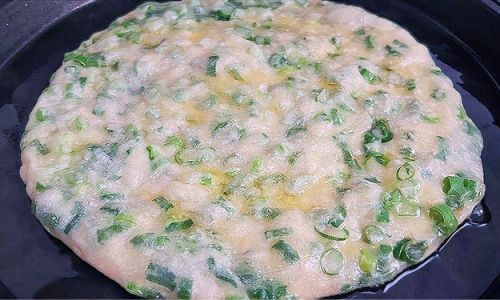
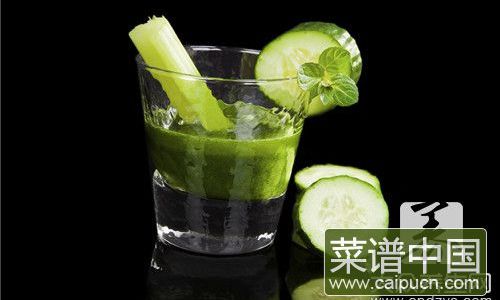
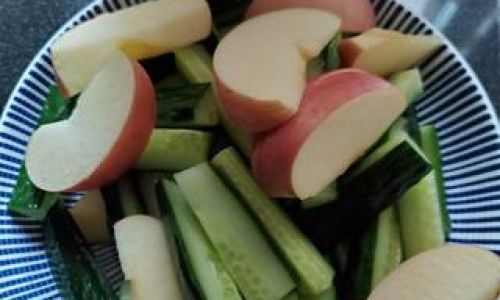
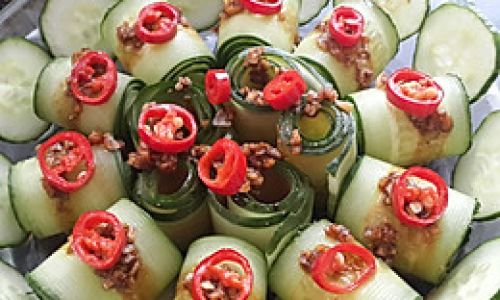
0 comments